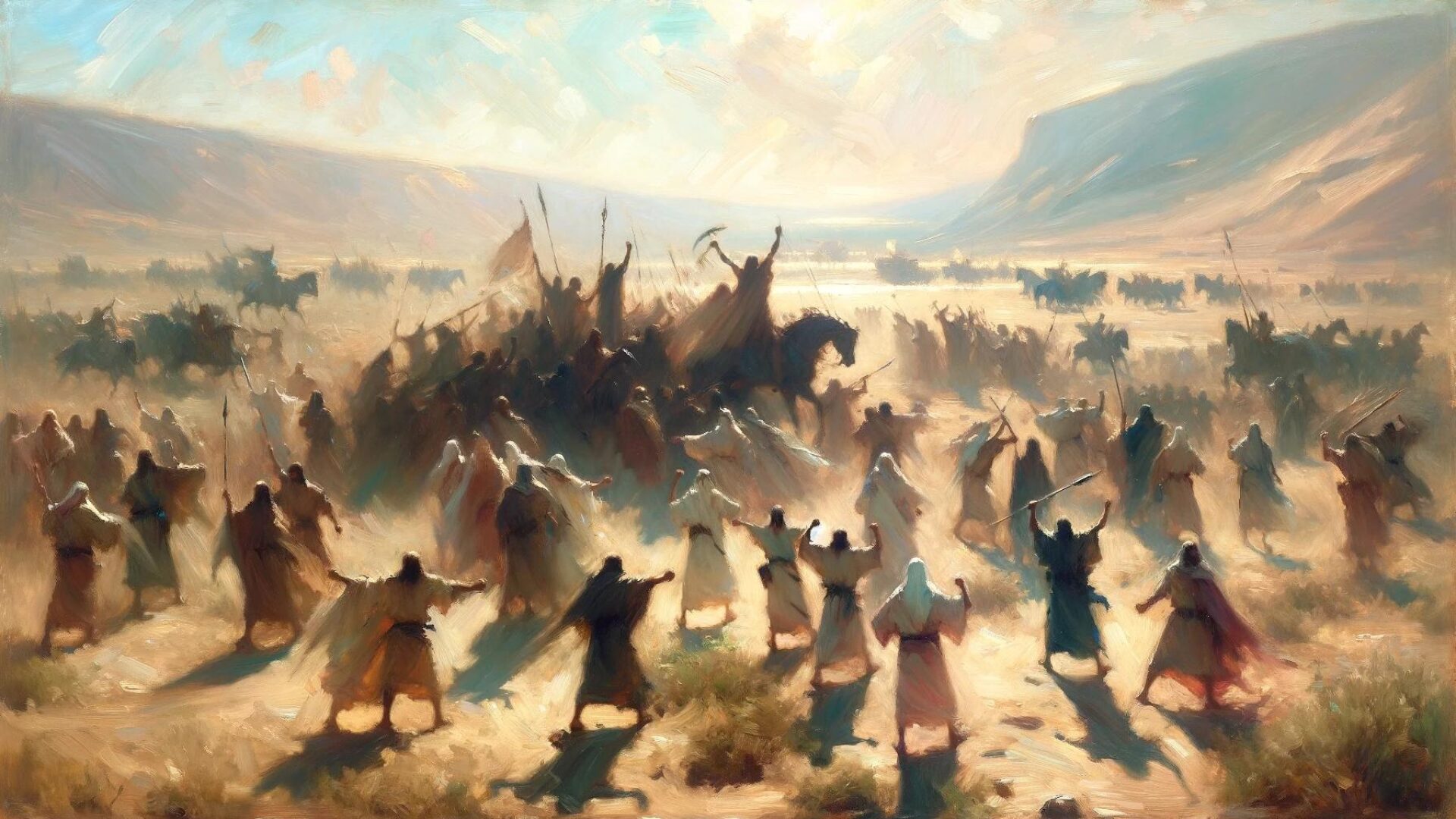1 Samuel provides valuable insights into ancient Israelite literature and culture. To fully understand the context of this text, it’s important to explore its historical background and investigate when it was written. By examining the dating evidence and composition of 1 Samuel, we can piece together a clearer picture of the book’s origins and significance.
According to biblical scholarship, 1 Samuel was likely composed in the 6th century BCE. This period saw significant changes in Israelite society, including the Babylonian exile and the emergence of new religious and cultural practices.
By examining the text and historical timeline of the book, scholars can gain a better understanding of the cultural influences and literary traditions that shaped its composition.
The dating of 1 Samuel also sheds light on the broader issue of biblical book dates, which are often a subject of debate and speculation.
Dating Evidence for 1 Samuel
In determining the approximate date of composition for 1 Samuel, scholars have employed various methods of textual analysis.
- One such method, known as literary criticism, involves examining the style, themes, and language used in the text to identify the time period in which it was written.
- Another method is known as historical criticism, which involves looking at external sources such as archaeological findings and historical documents to provide a context for the composition of the text.
By examining the social, political, and religious aspects of the ancient Israelite society, scholars can identify the events and influences that may have shaped the writing of 1 Samuel.
Textual and historical analyses suggest that 1 Samuel was likely compiled in the late 7th to early 6th centuries BCE, a period corresponding to the Babylonian exile or shortly before it. The narrative, which includes detailed accounts of the early Israelite monarchy under Saul and David, reflects events from the 11th to 10th centuries BCE. The presence of the Philistines as a significant force during this era is historically consistent with archaeological findings and aligns with the political and military landscape depicted in the text.
There is ongoing debate regarding the precise date of composition for 1 Samuel, as earlier sources and traditions may have been incorporated into the text, contributing to its complexity. This debate underscores the challenges in dating ancient texts, where linguistic, stylistic, and historical analyses are crucial yet often yield a range of plausible dates rather than a specific timeframe.
The process of dating such texts requires a careful balancing of multiple lines of evidence, reflecting the layered history of biblical literature.
Historical Timeline of 1 Samuel
The book of 1 Samuel provides a detailed account of the early history of Israel, including the transition from the time of the Judges to the era of the monarchy. According to scholars, the events described in 1 Samuel took place between the 11th and 10th centuries BCE:
- 1100 BCE, the Birth of Samuel: This date for Samuel’s birth is within the range of what might be expected, given that Samuel’s life overlaps with the transition from the period of the Judges to the monarchy. However, the exact year is not specified in scripture and is subject to interpretation.
- 1050 BCE, Saul Becomes King: The date of Saul’s reign is traditionally placed in the late 11th century BCE, and 1050 BCE is a commonly cited estimate.
- 1020 BCE, David Anointed by Samuel: The anointing of David is a significant event of the Old Testament, and placing it around 1020 BCE fits within the traditional timeline. It’s important to note that David’s anointing occurred while Saul was still reigning.
- 1000 BCE, David Declared King: The establishment of David as king over a united Israel and his choice of Jerusalem as the capital is traditionally dated around 1000 BCE. This date is widely used as a convenient marker in biblical chronology, though the exact year may vary.
The historical timeline of 1 Samuel not only provides a chronology of events, but also sheds light on the political and social context in which the book was written.
While we can estimate and interpret the dates of events, as with all ancient literature, context is key to not only unlocking the meanings and messages embedded in the text – but also the associated timeframe in which they were written.
Context of Ancient Israelite Literature
Ancient Israelite literature, encompassing historical narratives, poetry, wisdom literature, and prophetic texts, offers vital clues in dating the book of 1 Samuel. These texts, primarily written in Hebrew, reflect the evolving beliefs and practices of the Israelite people from the Babylonian Exile to the early Roman period.
Key works like Genesis, Exodus, and Isaiah, part of the Hebrew Bible or Old Testament, were compiled over centuries and reveal linguistic and thematic developments pertinent to dating 1 Samuel.
A central theme in this literature is the covenant between God and Israel, often reflected in the narrative and prophetic visions within these works. This theme, along with motifs of exile, redemption, and messianic expectation, is crucial in placing 1 Samuel within its historical and literary context.
Through examining these literary traditions and cultural influences, we can better estimate the period in which 1 Samuel was written. The book’s language, style, and content, when compared with other texts, suggest a likely compilation in the late 7th to early 6th centuries BCE, a time reflecting significant historical transitions mirrored in its narrative.





